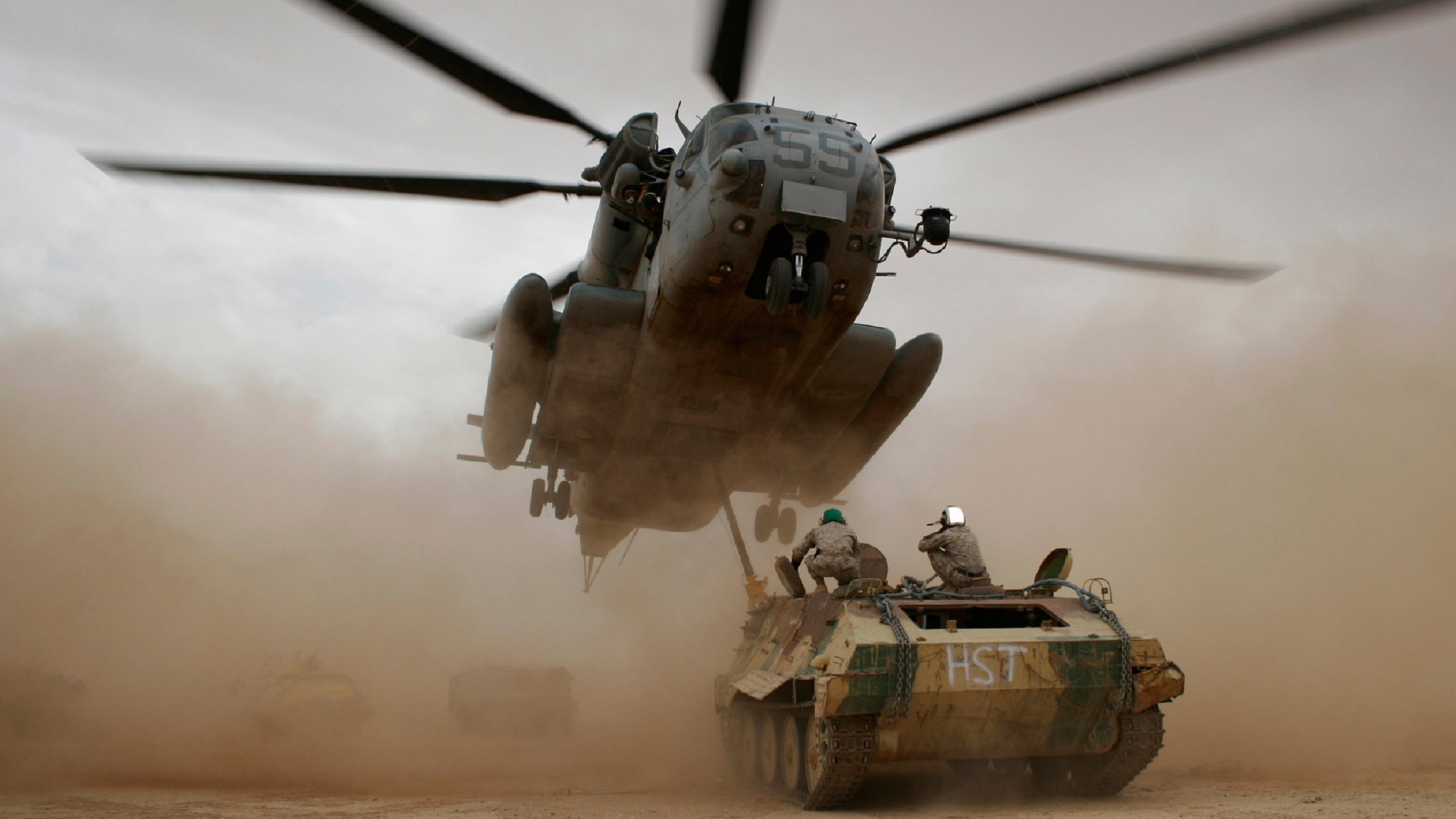The Albatros D.I was the first single-seat fighter aircraft of the company Albatros Flugzeugwerke GmbH, which was to be used against the new Allied fighters on the Western Front in order to regain air sovereignty there.
Development and construction:
With the appearance of the new Allied fighters of the type Nieuport 11 and Airco D.H.2 from the beginning of 1916, the losses of German aircraft also increased. Especially during the battles of Verdun and the Somme it became clear that the German side urgently needed new fighters. Thus, the Army Command read their requirements to the aircraft manufacturers to stabilize the situation on the front again.
Under the direction of the Technical Director Dipl.-Ing. Robert Thelen was introduced in April 1916 under the name L15 the draft of the first single-seat fighter aircraft of the company Albatros. The company was able to rely on the experience with the aircraft of the C class and thus develop a powerful aircraft that was heavily armed with 2 synchronized machine guns.
Due to the new half-shell construction and the drop shape of the fuselage, the aircraft was also designed very aerodynamically. At the beginning were also the engines Benz Bz.III with 150hp and the 160hp Mercedes D.III six-cylinder inline engine to choose from. Due to the heavy weight of the aircraft, it was decided then for the Mercedes D.III.
Since the aircraft were urgently needed at the front, production was started as early as June 1916, and in September they were first used.
Use in the First World War:
The first aircraft were used by the Jagdstaffel 2 under the leadership of Oswald Boelcke. The Albatros D.I pilots were able to shoot 25 enemy aircraft within two weeks.
Until early 1917, the aircraft of the type Albatros D.I were used from the first production series. Due to the disadvantage of poor visibility up through the upper wing, enemy aircraft could be detected late in the dive and even in formation flights, it came to accidents. Oswald Boelcke also died in one of these. With the second production series, the wing was offset by 40cm down, these aircraft remained until the end of the war at the front.
Technical specifications:
| Designation: | Albatros D.I |
| Country: | German Empire |
| Typ: | Fighter plane |
| Length: | 7,33 meters |
| Span: | 8,5 meters |
| Height: | 2,95 meters |
| Mass: | 674kg empty |
| Crew: | Max. 1 |
| Engine: | water cooled inline engine Mercedes D III with 160hp |
| Maximum speed: | 175 km/h |
| Reach: | 230 kilometers |
| Armament: | 2 x synchronized machine guns 7,92 mm LMG 08/15 |
You can find the right literature here:
Fokker Dr I Aces of World War 1 (Aircraft of the Aces)
Undoubtedly the most famous fighter type to see service on either side during World War 1, the Fokker Dr I was a revelation when it entered service on the western front in 1917. Manfred von Richthofens JG 1 circus was the first Jasta to completely re-equip with the new fighter, and in the skilled hands of its numerous aces the Dr I proved a formidable opponent. The Dr I remained in service on the Western Front until replaced by the superior Fokker D VII in May 1918. Just weeks prior to that, however, Germanys leading ace, the great Red Baron, had been killed at the controls of a Dr I.
Friedrichshafen Aircraft of WWI: A Centennial Perspective on Great War Airplanes (Great War Aviation) (Volume 21)

Friedrichshafen Aircraft of WWI: A Centennial Perspective on Great War Airplanes (Great War Aviation) (Volume 21) Paperback – February 16, 2016
This book describes and illustrates the development of Friedrichshafen aircraft of WWI with text, 540 photos, 18 in color, 37 color profiles, production quantities and serial numbers of aircraft, and aircraft dimensions and performance specifications. In addition, there are 26 official SVK drawings and 11 aircraft are illustrated in scale drawings to 1/48 (4) or 1/72 (7) scales. The book has 312 pages and is of interest to aviation historians, enthusiasts, and modelers alike.
German and Austro-Hungarian Aircraft Manufacturers 1908-1918
Much has been written about the British aircraft of the First World War, but little has surfaced about the aircraft of the Axis powers, Germany and Austria. Here, Terry C. Treadwell tells the story of the aircraft from companies such as Fokker, builder of the famous triplane, as fl own by Baron von Richthofen's Flying Circus, AEG, Albatros, Junkers and Hansa. From reconnaissance aircraft to state-of-the-art bombers that could reach London, this is the definitive guide to aircraft of the Axis powers during the First World War. The aircraft are explained in detail and a history of each company is provided, making this an excellent source book for aircraft enthusiasts, model makers and those interested in the air war over the trenches of France and Belgium, as well as further afield in the Italian campaign.
The Zeppelin in Combat: A History of the German Naval Airship Division
The standard reference now revised and expanded. Dr. Robinson has opened up his vast photo archives to enhance this new edition of his classic work. Much of the new photographic material is published here for the first time.
This post is also available in:
 Deutsch (German)
Deutsch (German)  Français (French)
Français (French)  Italiano (Italian)
Italiano (Italian)  简体中文 (Chinese (Simplified))
简体中文 (Chinese (Simplified))  Русский (Russian)
Русский (Russian)  Español (Spanish)
Español (Spanish)  العربية (Arabic)
العربية (Arabic)















